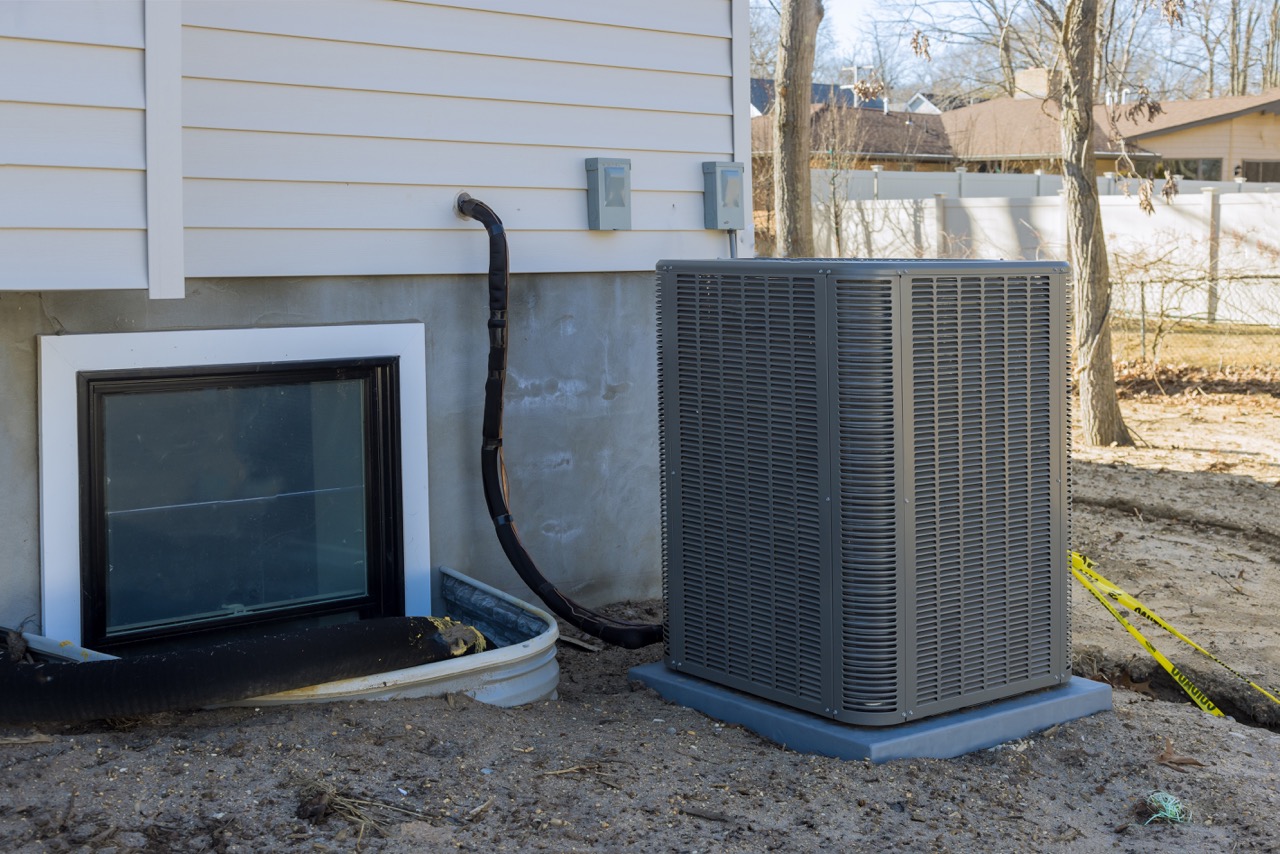

Articles
How Much Does A New AC Cost
Modified: February 23, 2024
Looking for information on how much a new AC unit costs? Check out our articles to find out the average prices and factors that affect the cost.
(Many of the links in this article redirect to a specific reviewed product. Your purchase of these products through affiliate links helps to generate commission for Storables.com, at no extra cost. Learn more)
Introduction
When the sweltering heat of summer arrives, the need for a reliable and efficient air conditioning (AC) system becomes essential. Whether you’re moving to a new home or experiencing issues with your current AC unit, you might find yourself in need of a new one. But before you make a purchase, it’s important to understand the factors that affect the cost of a new AC and what options are available.
Several factors come into play when determining the cost of a new AC unit. These include the size and cooling capacity of the unit, its energy efficiency, the specific type of AC unit you choose, and any additional features or upgrades you opt for.
Key Takeaways:
- Factors such as size, energy efficiency, type, and additional features significantly impact the cost of a new AC unit. Understanding these factors is crucial for making an informed decision that meets both cooling needs and budget constraints.
- When choosing an AC unit, consider cooling efficiency, EER rating, BTU capacity, noise levels, brand reputation, and warranty. Finding the right balance between cooling power and energy efficiency ensures optimal performance and long-term cost savings.
Read more: How Much Does A New Furnace And AC Cost
Factors Affecting the Cost of a New AC
Size and Cooling Capacity
One of the primary factors that influence the cost of a new AC unit is its size and cooling capacity. AC units are measured in terms of British Thermal Units (BTUs), which indicate their cooling power. The larger the area you need to cool, the higher the BTU rating required for your AC unit, which can impact the overall cost.
Energy Efficiency
Energy efficiency is another vital consideration when purchasing a new AC unit. Energy-efficient models are designed to consume less electricity while providing excellent cooling performance. Although these units may have a higher upfront cost, they can result in long-term savings on your energy bills.
Type of AC Unit
There are several types of AC units available, each with its own cost range. The most common types include window AC units, split AC units, central AC units, and ductless mini-split AC units. The type you choose will depend on factors such as the size of your space, your cooling needs, and your budget.
Read more: How Much Does An AC Cost To Run
Additional Features and Upgrades
When purchasing a new AC unit, you might also consider additional features and upgrades that can enhance the performance and convenience of the system. These may include programmable thermostats, advanced filtration systems, Wi-Fi connectivity, and smart home integration. However, these features can add to the overall cost of the AC unit.
Now that we have explored the factors that affect the cost of a new AC unit, let’s delve into the different types of AC units and their associated costs.
Key Takeaways:
- Factors such as size, energy efficiency, type, and additional features significantly impact the cost of a new AC unit. Understanding these factors is crucial for making an informed decision that meets both cooling needs and budget constraints.
- When choosing an AC unit, consider cooling efficiency, EER rating, BTU capacity, noise levels, brand reputation, and warranty. Finding the right balance between cooling power and energy efficiency ensures optimal performance and long-term cost savings.
Read more: How Much Does A New Furnace And AC Cost
Factors Affecting the Cost of a New AC
When it comes to purchasing a new air conditioning (AC) unit, there are several factors that can influence the overall cost. Understanding these factors is crucial to make an informed decision and ensure that you get the best value for your money. Here are the key factors that affect the cost of a new AC:
Size and Cooling Capacity
The size and cooling capacity of the AC unit directly impact its cost. AC units are sized based on their ability to cool a specific area, measured in British Thermal Units (BTUs). A larger space will require an AC unit with higher BTU ratings, which generally comes at a higher cost. On the other hand, if you opt for an AC unit with lower BTU ratings for a large space, it may lead to inefficient cooling and increased energy consumption.
Energy Efficiency
The energy efficiency of an AC unit is an important consideration both for the environment and your energy bills. Energy-efficient AC units are designed to consume less electricity while providing optimal cooling performance. These units often come with higher upfront costs due to their advanced technology and energy-saving features. However, investing in an energy-efficient AC unit can result in long-term savings on your utility bills.
Type of AC Unit
Another significant factor that affects the cost of a new AC unit is the type of unit you choose. There are several types available in the market, each with its own price range. The most common types include:
- Window AC Units: These units are designed to fit into a standard window frame and are suitable for cooling individual rooms. They are typically the most affordable option but have limitations in terms of cooling capacity and aesthetics.
- Split AC Units: Split AC units consist of two main components: an indoor unit that is mounted on the wall and an outdoor unit. These are popular for their quiet operation and high cooling capacity. Split AC units are generally more expensive than window units but offer greater flexibility and cooling efficiency.
- Central AC Units: Central AC units are ideal for cooling larger spaces or entire homes. They consist of a central compressor unit that distributes cool air through ductwork. Central AC units come with a higher installation cost, as they require professional installation and ductwork modification if not already in place.
- Ductless Mini-Split AC Units: Similar to split AC units, ductless mini-split units have separate indoor and outdoor components. However, they do not require ductwork and are ideal for cooling specific zones or additions to the home. While these units can be more expensive upfront, they offer flexibility and energy savings.
Read more: How Much Does An AC Cost To Run
Additional Features and Upgrades
The inclusion of additional features and upgrades can also impact the cost of a new AC unit. These features may include programmable thermostats, advanced filtration systems, Wi-Fi connectivity, and smart home integration. While these extras can provide added convenience and comfort, they often come at an additional cost. Evaluate your needs and budget to determine which features are worth investing in for your AC unit.
By considering the size and cooling capacity, energy efficiency, type of AC unit, and any additional features or upgrades, you can better understand the factors that affect the cost of a new AC unit. Next, let’s explore the average cost ranges for different types of AC units to help you estimate your budget.
Types of AC Units and Their Costs
When it comes to choosing a new air conditioning (AC) unit, you have several options available in the market. Each type of AC unit has its own unique features and cost range. Understanding these different types can help you make an informed decision based on your cooling needs and budget. Here are the most common types of AC units and their associated costs:
Window AC Units
Window AC units are a popular choice for cooling individual rooms or small spaces. As the name suggests, these units are designed to be mounted in a standard-sized window. They are relatively affordable and easy to install, making them a cost-effective option. The price of window AC units can vary depending on the cooling capacity, energy efficiency rating, and additional features. On average, you can expect to pay anywhere between $150 to $600 for a window AC unit.
Read more: How Much Does A New Furnace Cost?
Split AC Units
Split AC units are a common choice for both residential and commercial spaces. They consist of two main components: an indoor unit that is mounted on the wall and an outdoor unit that houses the compressor. Split AC units offer a quieter operation, improved cooling performance, and greater flexibility in terms of installation. However, they are generally more expensive than window AC units. The cost of a split AC unit can range from $500 to $3,000 or more, depending on factors such as cooling capacity, energy efficiency, and brand reputation.
Central AC Units
Central AC units are designed to cool larger spaces or entire homes. They use a centralized compressor unit that distributes cool air through ductwork. Central AC units offer consistent cooling throughout the house and can be controlled by a thermostat. However, they require professional installation and ductwork modification, which can increase the overall cost. The price of a central AC unit can range from $2,500 to $7,500 or more, depending on factors such as cooling capacity, energy efficiency, and installation requirements.
Ductless Mini-Split AC Units
Ductless mini-split AC units are similar to split AC units but do not require ductwork for installation. They consist of an outdoor unit and one or more indoor units that are mounted on the wall. Ductless mini-split units are ideal for cooling specific zones or additions to the home. They offer flexibility in terms of installation and energy efficiency. However, they tend to be more expensive upfront compared to other types of AC units. The cost of a ductless mini-split AC unit can range from $1,500 to $5,000 or more, depending on factors such as cooling capacity, number of indoor units, and brand reputation.
Keep in mind that the prices mentioned are estimates and can vary based on factors such as location, brand, installation requirements, and additional features. It’s important to consult with HVAC professionals and obtain multiple quotes to get an accurate cost estimate for your specific AC unit needs. Next, let’s delve into the average cost ranges for new AC installation to help you further plan your budget.
Average Cost Range for New AC Installation
When considering a new air conditioning (AC) installation, it’s essential to have a clear understanding of the potential costs involved. The overall cost will depend on factors such as the type of AC unit, the size of the space being cooled, and any additional installation requirements. Here is a breakdown of the average cost range for new AC installation based on different types of AC units:
Window AC Units
Installing a window AC unit is generally the most affordable option. The cost will vary depending on the size of the unit and any additional installation materials required. On average, you can expect to pay between $150 to $300 for professional installation of a window AC unit. However, it’s worth noting that many homeowners choose to install window AC units themselves to save on installation costs.
Read more: How Much Does A New Furnace Cost?
Split AC Units
Installing a split AC unit is more complex compared to a window unit and usually requires professional installation. The cost of a split AC installation will depend on various factors, including the size of the unit, the distance between the indoor and outdoor components, and any additional electrical work or modifications needed. On average, the installation cost for a split AC unit can range from $500 to $2,500 or more.
Central AC Units
The installation of a central AC unit is the most involved and typically requires professional HVAC installation. The cost will depend on factors such as the size and complexity of the system, the amount of ductwork needed, and any electrical or structural modifications required. On average, the installation cost for a central AC unit can range from $3,000 to $7,000 or more.
Ductless Mini-Split AC Units
Installing a ductless mini-split AC unit is less complex than a central AC system but more involved than a window unit. The cost will depend on factors such as the number of indoor units, the distance between the indoor and outdoor components, and any necessary electrical work. On average, the installation cost for a ductless mini-split AC unit can range from $2,000 to $5,000 or more.
It’s important to note that these cost ranges are estimates and can vary based on factors such as the location, brand, efficiency rating, and any additional installation requirements specific to your home. It’s always recommended to consult with HVAC professionals to obtain accurate quotes based on your individual needs and factors unique to your home.
In addition to the installation cost, it’s also essential to consider any additional costs that may arise during the AC installation process. These can include air duct replacement or modification, thermostat installation or upgrades, electrical upgrades, and any warranty or maintenance plans you may choose to add.
Now that you have insight into the average cost ranges for new AC installation, let’s discuss the factors to consider when choosing an AC unit to ensure you make the best decision for your cooling needs and budget.
Read more: How Much Does An AC Compressor Cost
Additional Costs to Consider
When budgeting for a new air conditioning (AC) installation, it’s important to consider not only the cost of the AC unit but also any additional expenses that may arise during the installation process. These can vary based on factors such as the type of AC unit and the specific requirements of your home. Here are some additional costs to consider:
Air Duct Replacement/Modification
If you’re installing a central AC unit or a ductless mini-split system, you may need to replace or modify your existing air ducts. This is especially true if your home has outdated or poorly functioning ductwork. The cost of air duct replacement or modification will depend on factors such as the size of your home, the complexity of the ductwork, and any necessary repairs. On average, you can expect to spend between $1,500 to $3,000 or more for air duct replacement or modification.
Thermostat Installation/Upgrades
A thermostat is a crucial component of your AC system as it controls the temperature and provides energy-saving features. If you’re replacing an outdated thermostat or if your new AC unit requires a compatible thermostat, you may need to factor in the cost of installation or upgrades. The cost of thermostat installation or upgrades will depend on factors such as the type of thermostat you choose and any additional wiring or programming required. On average, you can expect to spend between $150 to $300 for thermostat installation or upgrades.
Electrical Upgrades
Depending on the type and size of AC unit you choose, you might need to upgrade your electrical system to accommodate the increased power requirements. This can involve adding a dedicated circuit, rewiring, or upgrading your electrical panel. The cost of electrical upgrades will vary based on your specific electrical needs and the complexity of the work required. On average, you can expect to spend between $500 to $1,500 or more for electrical upgrades.
Read more: How Much Does A New Dryer Cost
Warranty and Maintenance Plans
It’s always wise to consider warranty and maintenance plans when investing in a new AC unit. These plans can provide peace of mind and help protect your investment. The cost of warranty and maintenance plans will depend on factors such as the length of the warranty, the coverage provided, and any additional services included. On average, you can expect to spend between $200 to $500 or more for a comprehensive warranty and maintenance plan.
Keep in mind that these additional costs are estimates, and the actual expenses can vary based on your specific needs and the requirements of your home. It’s important to consult with HVAC professionals to receive accurate quotes and assess any potential additional costs associated with your new AC installation.
Now that you have a better understanding of the additional costs to consider, let’s discuss the pros and cons of DIY installation versus professional installation, and the benefits of hiring a reliable HVAC contractor.
DIY vs. Professional AC Installation
When it comes to installing a new air conditioning (AC) unit, you may be wondering whether to tackle the project as a do-it-yourself (DIY) endeavor or hire a professional HVAC contractor. Both options have their pros and cons, and it’s important to consider your skill level, available time, and the complexity of the installation. Here’s an overview of the pros and cons of DIY installation and the benefits of hiring a professional HVAC contractor:
Pros and Cons of DIY Installation
Pros:
- Cost Savings: One of the main advantages of DIY installation is the potential for cost savings. By installing the AC unit yourself, you can avoid labor costs associated with professional installation.
- Flexibility: DIY installation allows you to work on your own schedule and at your own pace. You have full control over the installation process.
- Learning Experience: Installing the AC unit yourself can be a valuable learning experience, allowing you to gain knowledge and skills in HVAC systems.
Cons:
- Limited Expertise: DIY installation may not be suitable for individuals without prior experience or knowledge in HVAC systems. Improper installation can lead to performance issues, decreased efficiency, and potential safety hazards.
- Time and Effort: AC installation can be time-consuming and physically demanding. It requires proper tools, technical skills, and an understanding of electrical connections and refrigerant handling.
- No Warranty: If you perform the installation yourself, you may risk voiding the manufacturer’s warranty if any issues arise due to improper installation.
Benefits of Professional Installation
1. Expertise and Experience: Professional HVAC contractors have the knowledge and experience to ensure proper installation. They are familiar with local building codes and regulations, as well as industry best practices.
2. Time and Convenience: Hiring a professional saves you time and effort. They have the necessary tools, equipment, and manpower to complete the job efficiently and effectively.
3. Safety and Performance: Proper installation is crucial for the safety and optimal performance of your AC unit. HVAC professionals have the expertise to handle refrigerant, electrical connections, and ductwork, minimizing the risk of damage or harm.
4. Warranty Coverage: Professional installation often comes with warranty coverage. If any issues arise, the HVAC contractor can address them under warranty, ensuring that you are protected and providing peace of mind.
Read more: How Much Does A Ductless AC Cost
Hiring a Reliable HVAC Contractor
When hiring an HVAC contractor for your AC installation, it’s essential to choose someone reliable and reputable. Consider the following factors:
- License and Certification: Ensure that the HVAC contractor is licensed and certified. This ensures they have met the necessary standards and have the required knowledge and skills.
- Experience and References: Look for contractors with a proven track record and ask for references or reviews from previous customers.
- Insurance: Verify that the HVAC contractor has liability insurance to protect you and your property in case of any accidents or damages during installation.
- Written Estimates: Obtain written estimates from multiple contractors to compare the prices, services, and warranties they offer.
- Good Communication: Choose a contractor who demonstrates clear communication, listens to your needs, and answers any questions you may have.
By weighing the pros and cons of DIY installation and considering the benefits of hiring a professional HVAC contractor, you can make an informed decision that ensures a successful and efficient AC installation.
Factors to Consider When Choosing an AC Unit
Choosing the right air conditioning (AC) unit for your home or space is essential to ensure optimal cooling performance and energy efficiency. There are several key factors that you should consider when making your decision. These factors will help you determine which AC unit is best suited to meet your cooling needs. Here are the factors to consider:
Cooling Efficiency
Cooling efficiency refers to the ability of an AC unit to cool a given space effectively. AC units are rated for their cooling efficiency, and it’s important to choose a unit with the appropriate capacity for your space. Undersized units will struggle to cool the area, while oversized units may cycle on and off frequently, leading to energy inefficiency. Consider factors such as the size and layout of the space to determine the required cooling efficiency for your AC unit.
Energy Efficiency Ratio (EER)
The Energy Efficiency Ratio (EER) is a measure of an AC unit’s energy efficiency. It is calculated by dividing the cooling capacity (measured in BTUs) by the power input (in watts) required to operate the unit. The higher the EER rating, the more energy-efficient the AC unit is. Look for AC units with higher EER ratings to save on energy consumption and reduce your utility bills. Energy-efficient units may have a higher upfront cost, but they can provide long-term savings.
Read more: How Much Does AC Repair Cost
British Thermal Units (BTUs)
British Thermal Units (BTUs) measure the cooling capacity of an AC unit. The higher the BTU rating, the greater the cooling power of the unit. However, it’s important to select an AC unit with the appropriate BTU rating for your space. Too high of a BTU rating can lead to inefficient cooling and increased energy consumption. On the other hand, too low of a BTU rating will struggle to cool the area effectively. Consider factors such as the size, insulation, and temperature fluctuations of your space to determine the appropriate BTU rating for your AC unit.
Noise Levels
AC units can produce varying noise levels during operation. If noise is a concern for you, consider choosing an AC unit with a lower noise level. Look for units that have noise-reducing features such as insulated compressors, variable fan speeds, or sound-dampening materials. Additionally, check the decibel rating (dB) of the unit to compare noise levels between different models. A quieter AC unit can provide a more comfortable and peaceful environment, especially if it’s installed in a bedroom or living area.
Brand Reputation and Warranty
When investing in an AC unit, consider the reputation of the brand and the warranty they offer. It’s important to choose a reputable brand known for producing high-quality and reliable products. Research customer reviews, ratings, and feedback to gauge the brand’s reputation. Additionally, check the warranty offered by the manufacturer. A comprehensive warranty can provide peace of mind and protect your investment in case of any issues with the unit. It’s recommended to choose a brand that offers a solid warranty and has a good track record of customer service.
By considering the factors of cooling efficiency, EER rating, BTU capacity, noise levels, brand reputation, and warranty, you can make an informed decision when selecting the right AC unit for your needs. Ensure that the chosen unit meets both your cooling requirements and energy efficiency goals to create a comfortable and cost-effective indoor environment.
Conclusion
Choosing a new air conditioning (AC) unit involves considering several factors that can affect its cost, installation, and performance. By understanding these factors, you can make an informed decision that meets your cooling needs and fits your budget. Factors such as size and cooling capacity, energy efficiency, type of AC unit, and additional features play a significant role in determining the cost of a new AC unit.
Window AC units are the most affordable option, while split AC units offer increased flexibility and performance. Central AC units are suitable for cooling larger spaces, and ductless mini-split AC units provide zoning capabilities. The cost of AC unit installation varies depending on the type of unit and can range from a few hundred dollars for window units to several thousand dollars for central or ductless systems.
Additional costs to consider include air duct replacement or modification, thermostat installation or upgrades, electrical upgrades, and warranty and maintenance plans. These costs can add up, so it’s important to factor them into your budget when planning for a new AC installation.
When deciding between DIY installation and professional installation, consider the pros and cons of each. While DIY installation may save money, it requires technical expertise and can void warranties. Professional installation ensures proper setup, better performance, and warranty protection.
When choosing an AC unit, factors such as cooling efficiency, energy efficiency ratio (EER), British Thermal Units (BTUs), noise levels, brand reputation, and warranty should be considered. Finding the right balance between cooling power and energy efficiency is crucial to ensure optimal performance and cost savings in the long run.
In conclusion, purchasing a new AC unit involves careful consideration of multiple factors to ensure the right choice for your cooling needs. By weighing the costs, installation requirements, additional expenses, and performance factors, you can make a well-informed decision that provides comfort, efficiency, and peace of mind during the hot summer months.
Frequently Asked Questions about How Much Does A New AC Cost
Was this page helpful?
At Storables.com, we guarantee accurate and reliable information. Our content, validated by Expert Board Contributors, is crafted following stringent Editorial Policies. We're committed to providing you with well-researched, expert-backed insights for all your informational needs.
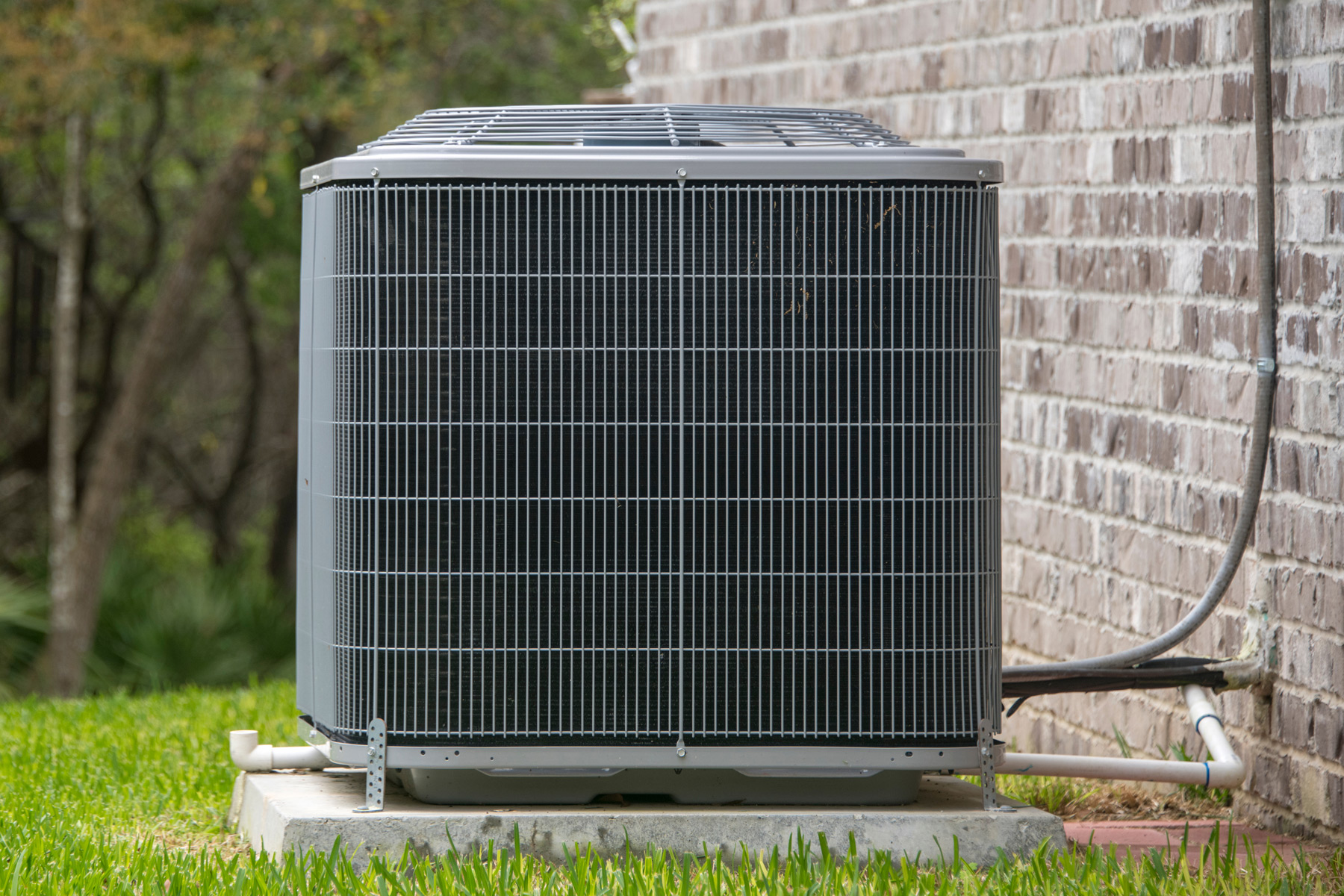

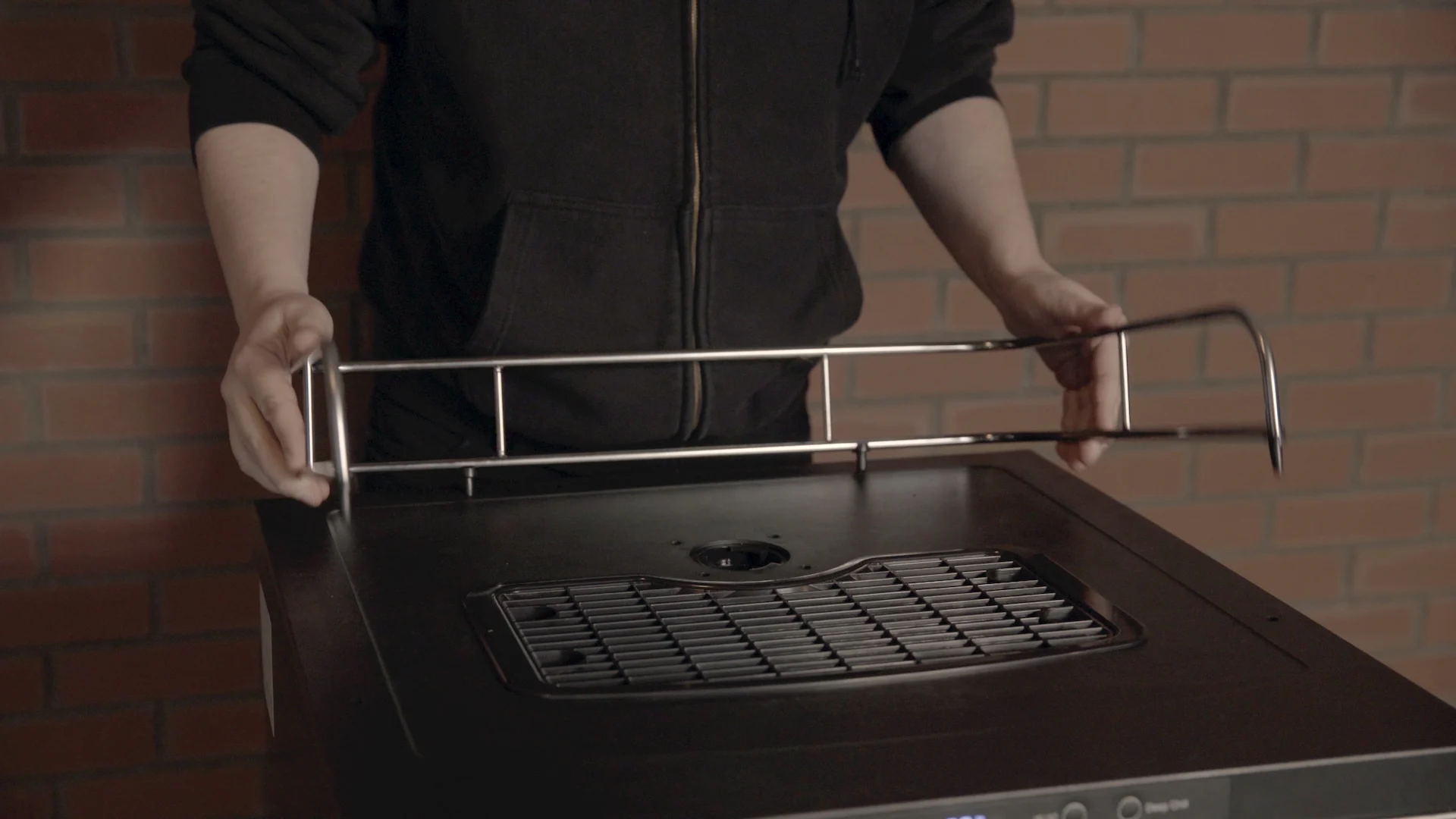
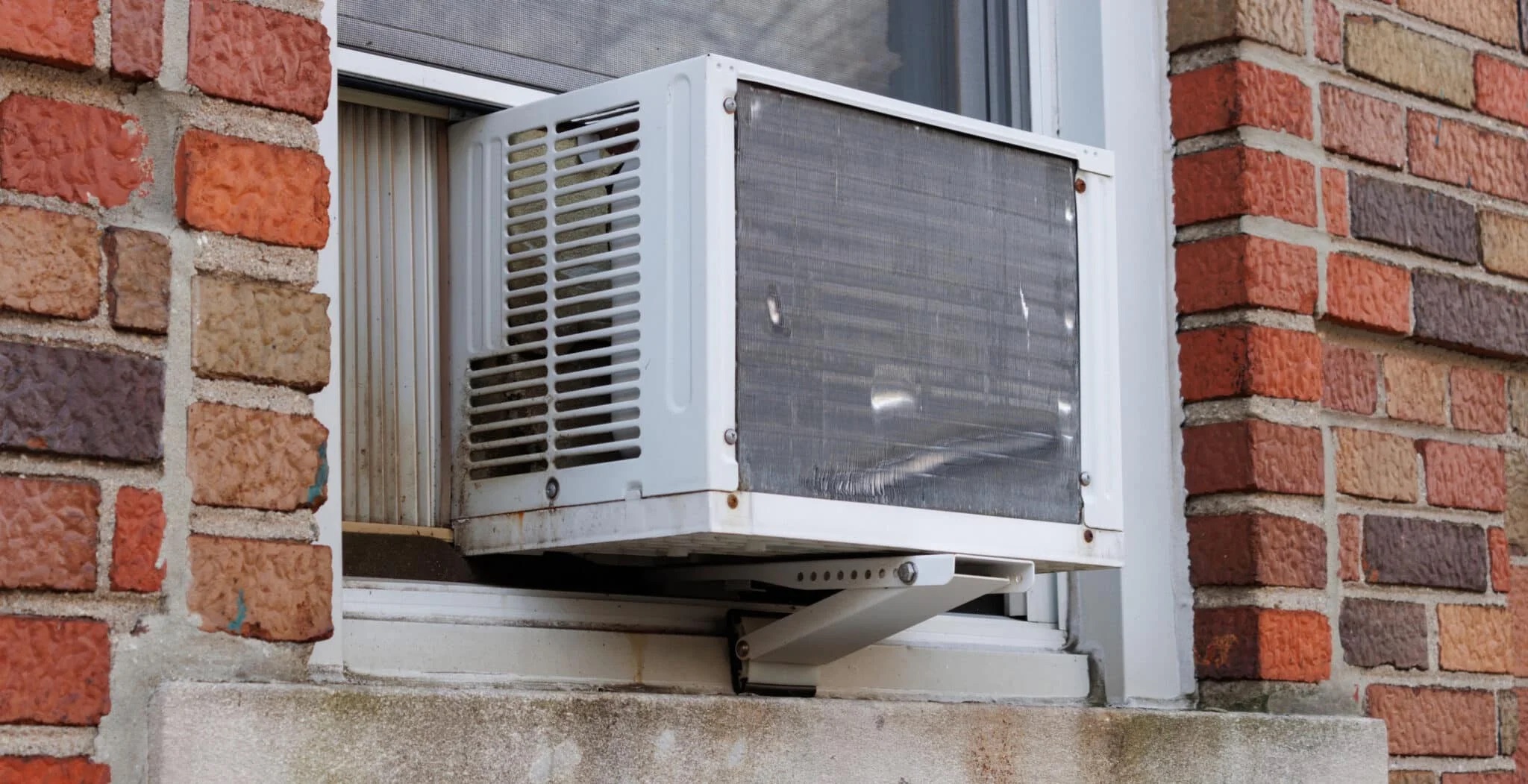
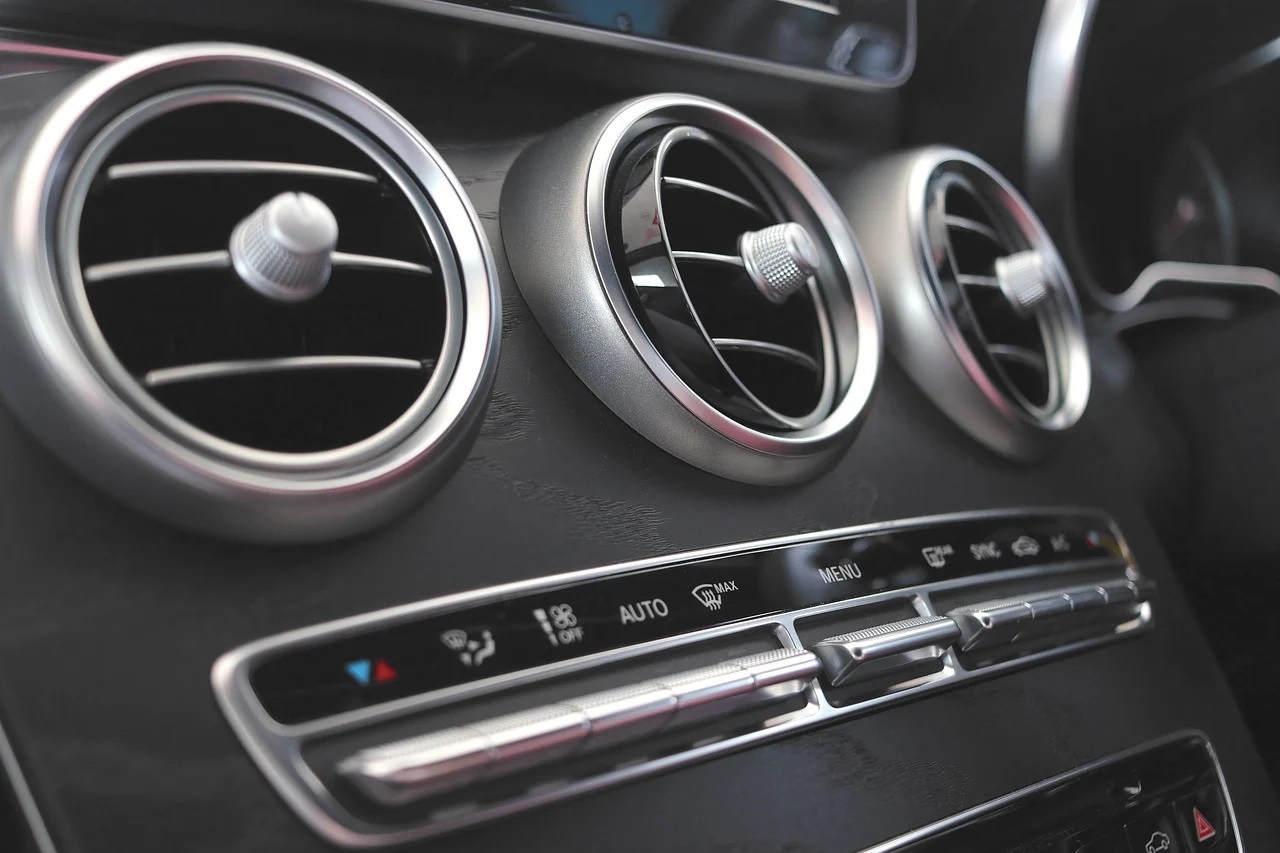
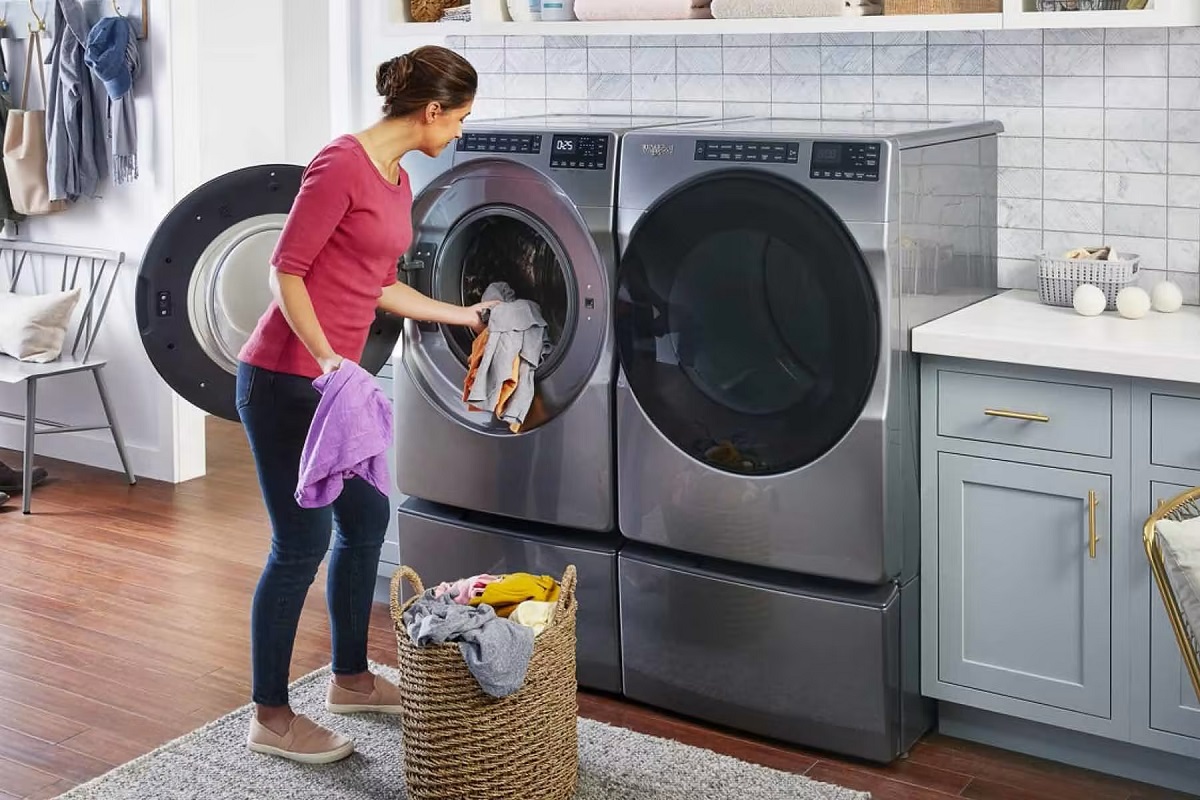
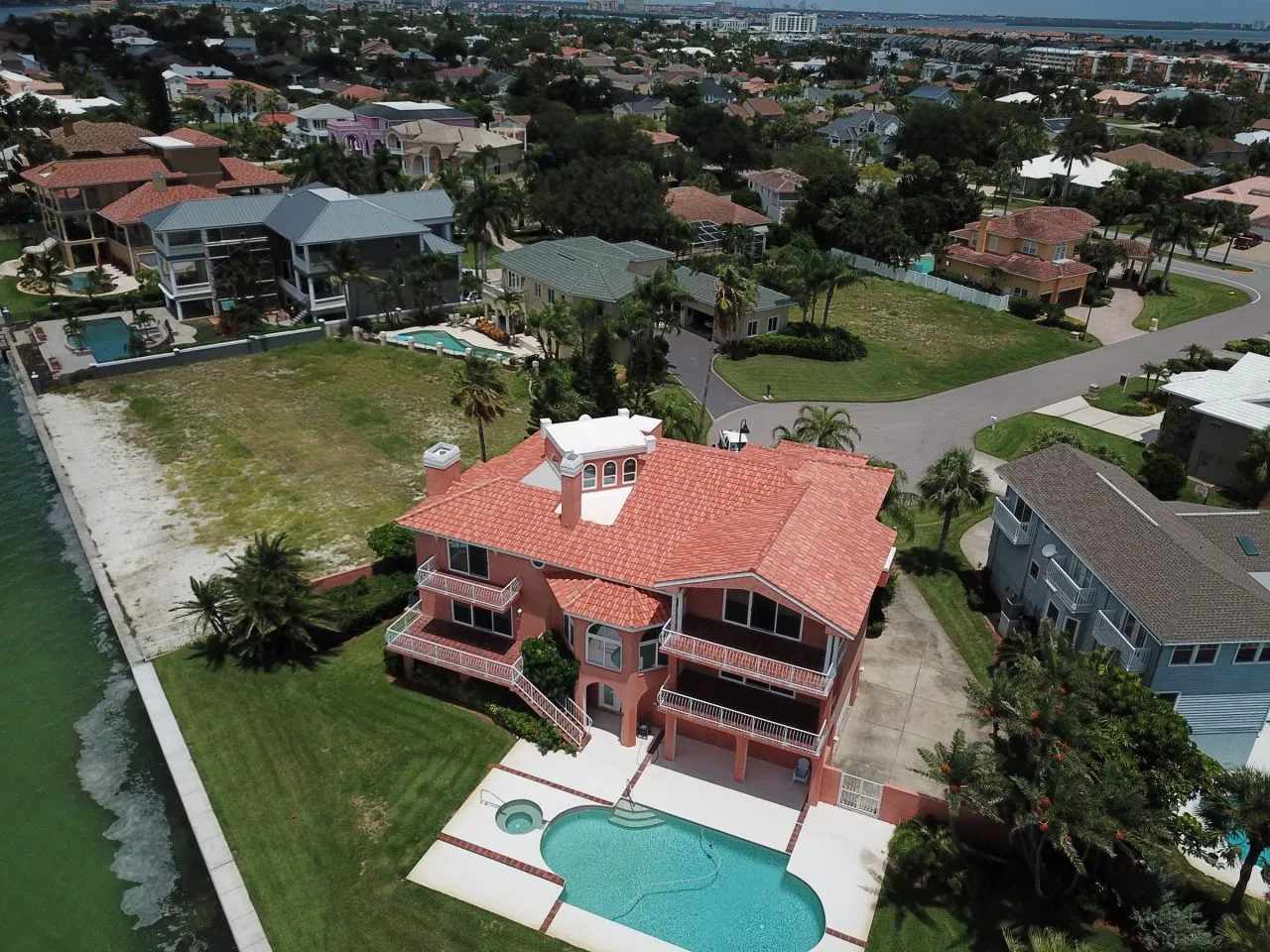

0 thoughts on “How Much Does A New AC Cost”